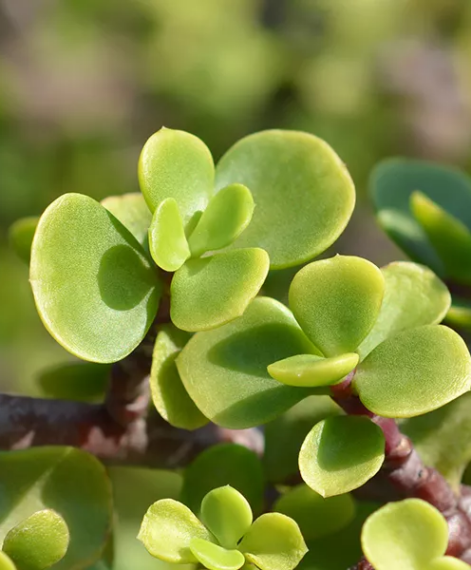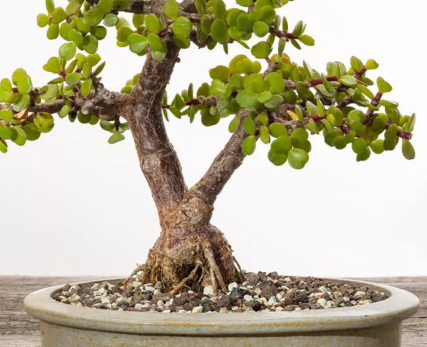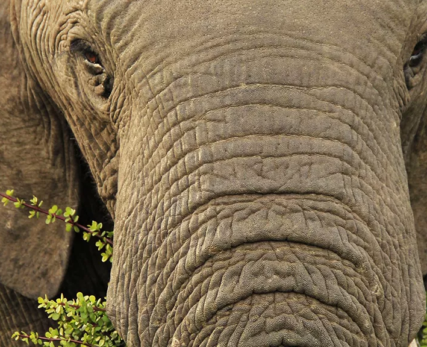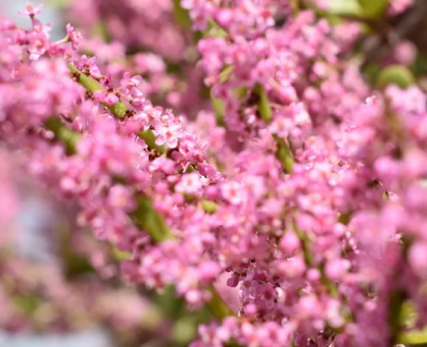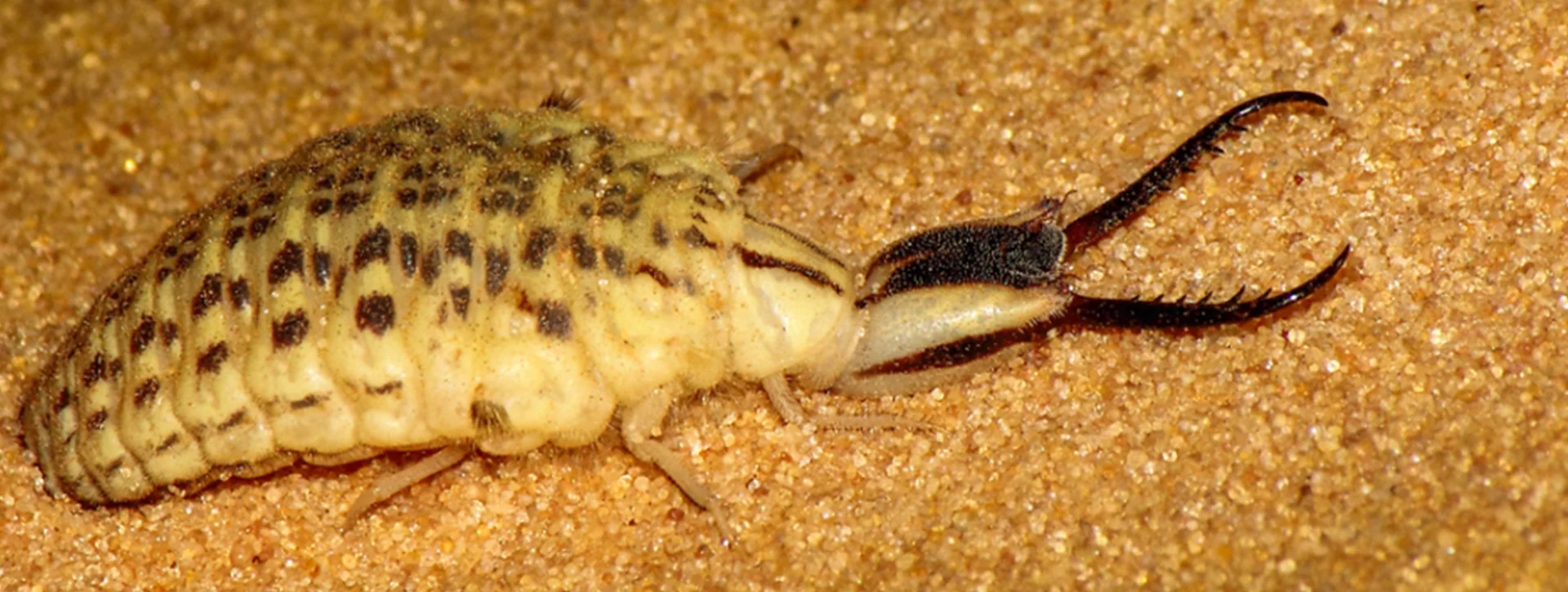Spekboom (Portulacaria Afra) is a succulent plant found in South Africa. One of the many Spekboom facts is that it is indigenous to the Eastern Cape province and has been deemed as a miracle plant by many. It is a bright green, small-leaved plant with a contrasting red stem found in Southern Africa that seems ordinary but don’t be fooled – it is a very special plant! Shamwari Private Game Reserve are lucky enough to be a home for this plant.
Interesting Facts About the Spekboom Plant & Its Uses
Spekboom is a sprawling shrub or small tree; occurring in karroid (semi-desert) areas and bushveld. It is usually found in rocky places and grows prolifically in parts of the Eastern Cape. The leaves are circular and bright green or pale grey. The plant has a glossy red-brown trunk and bears a dense crown of succulent leaves and stems.
It is most attractive in full bloom as a mass of soft pink nectar-rich flowers flourishes at the ends of the branchlets. After flowering, tiny papery three-winged fruits populate the unassuming spekboom plant. Also, a spekboom in full bloom can be something unique for photographers to capture. This versatile plant has several uses:
#1 Leaves are Edible
The taste of spekboom leaves are pleasant but changes throughout as the sun rises and sets. During the day leaves have an acid flavour and they become less acidic towards the evening. The delicious greenery is heavily browsed by game and firm favourite of several wild animals, especially elephants!
Spekboom aka ElephantBush, Dwarf Jade and PorkBush
The plant is also referred to as elephant’s food (and hence its name elephant bush) as itis what elephants love most and forms part of their vast diet. The Afrikaans word spekboom directly translates to ‘bacon tree’, which is how the name ‘porkbush’ came into being. Spekboom is an exceptional, fresh addition to salads and a small sprig will add a delicious flavour to a stew.
#2 Communities Use Spekboom Leaves for Their Medicinal Values
The leaves are used medicinally and in traditional home construction. Here are the most popular traditional and contemporary uses of spekboom leaves:
- Sucking a leaf to quench thirst, treat exhaustion, dehydration and heatstroke.
- Using crushed leaves to provide relief for blisters.
- Chewing leaves can treat a sore throat and mouth infections.
- Juiced leaves are used as an antiseptic and to soothe skin ailments such as pimples, rashes, insect stings and sunburn.
- In certain areas, the stems are used to help build huts/homes. The stems are dried and used as thatch for rooves of the huts/homes.
- In Mozambique, breastfeeding mothers eat spekboom leaves to increase their milk supply.
- During famine, the Zulus eat the leaves raw.
The spekboom flowers are nectar-rich and provide food for many insects – endangered bees love them! This, in turn, attract insectivorous birds. Larvae of the Duadem butterfly also feed on the Portulacaria species.
